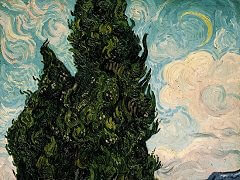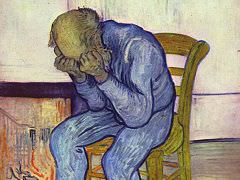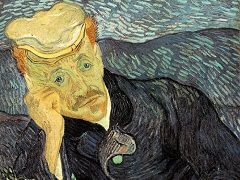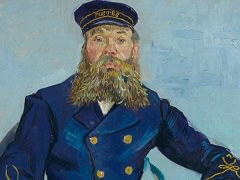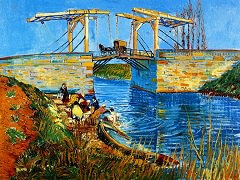Blute Fin Windmill by Vincent van Gogh
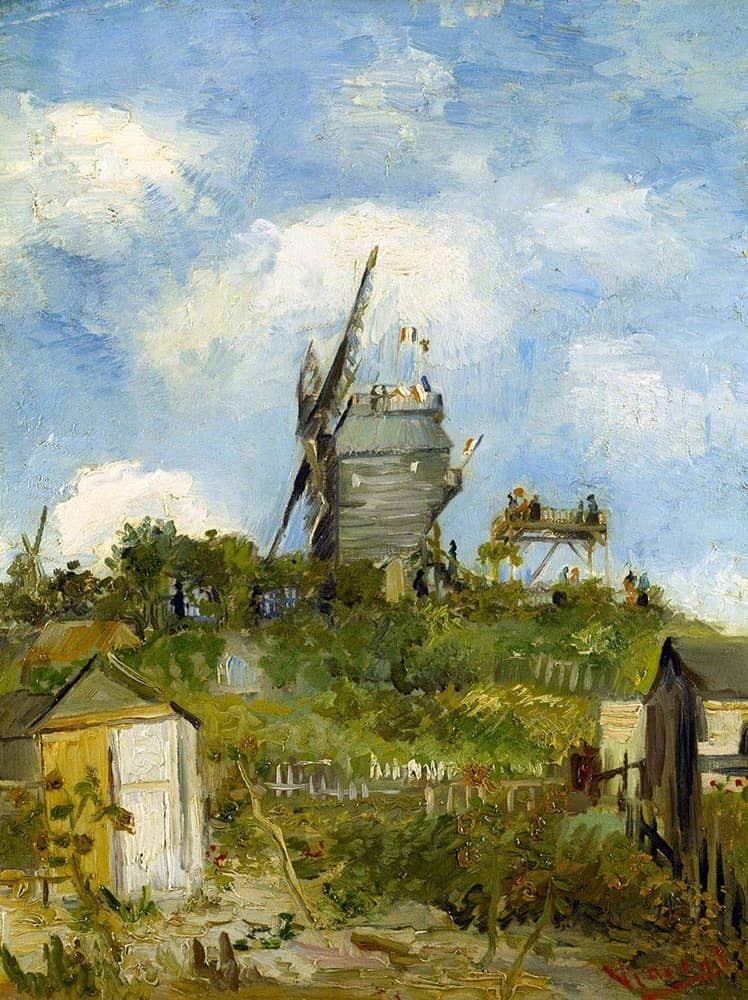
Von Gogh arrived in Paris in 1886 to find a city rapidly evolving. The Industrial Revolution hod led to a surge in commerce with manufacturing businesses taking off. There was great demand within the workforce for unskilled manual workers and for the white-collared skilled workers who were becoming a port of the swelling middle classes.
Both the middle and the working classes were going through a period of intense expansion, and alongside this growth in numbers, there was a widening gap between the wealthy and the poor. Paris was expanding, and Montmartre, which was at one time a small hill village, had become a suburb of the city. Montmartre was a centre of artistic activity, and it was here that Van Gogh moved to with his brother Theo, Originally the area hod 13 windmills, but by the time Van Gogh had arrived none of them were functional. Le Moulin de Blute-Fin and Le Radel are the only two to remain, and together form Le Moulin de la Galette, which was turned into a fashionable ballroom and cabaret in 1870.













